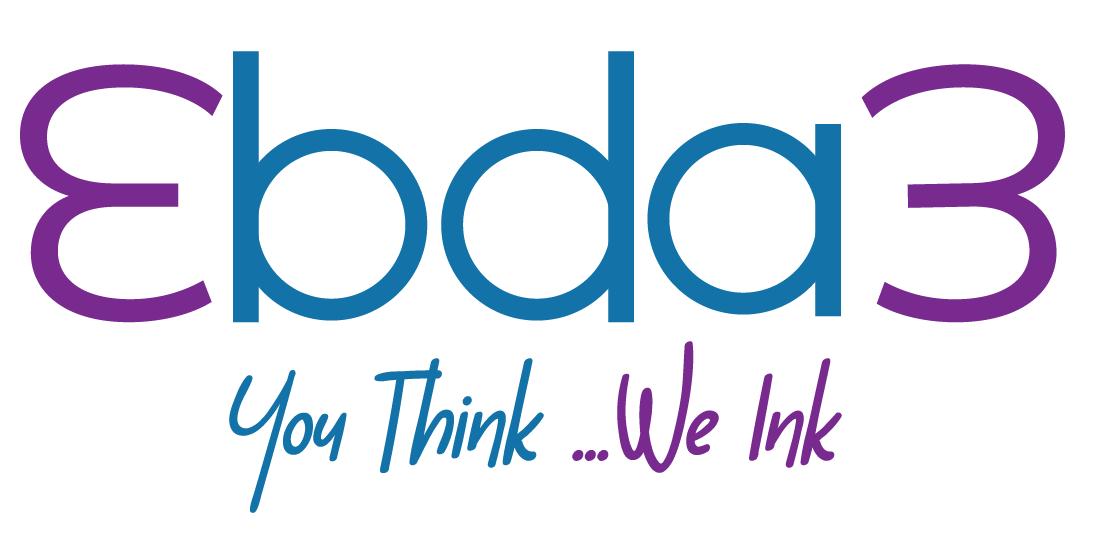The Art of Storytelling in Your Portfolio

In a digital world overflowing with portfolios and profiles, how do you make yours memorable? The answer lies in the art of storytelling. Your portfolio isn’t just a collection of work samples; it’s an opportunity to weave a narrative that captivates and connects with your audience. In this post, we’ll explore the profound impact of storytelling in online portfolios and guide you on how to craft your professional story effectively.
The Power of Storytelling
Stories are the currency of human connection. They transcend facts and figures, touching the emotions and leaving a lasting impression. In your online portfolio, storytelling can:
Engage Your Audience: A well-told story captures attention and keeps visitors exploring your portfolio longer.
Create a Connection: Stories make you relatable. They allow visitors to connect with you on a personal level, fostering trust.
Demonstrate Expertise: Stories provide context for your work. They show how you’ve solved problems, overcome challenges, and achieved success.
Set You Apart: In a sea of portfolios, a compelling narrative sets you apart. It’s the unique essence that only you can offer.
How to Tell Your Professional Story Effectively
Start with a Strong Introduction:
Begin with a captivating introduction. Who are you? What’s your professional journey? What drives you? Make it concise but impactful.
Showcase Your Evolution:
Your story should highlight your growth and evolution as a professional. Share key milestones, projects, or experiences that shaped your journey.
Highlight Challenges and Solutions:
Narrate challenges you’ve encountered in your career and how you’ve overcome them. Explain the solutions you provided and the results achieved.
Share Your Values and Vision:
Express your values and vision for the future. What do you believe in, and where do you see yourself heading professionally?
Include Client or Team Stories:
Incorporate stories of successful collaborations or projects. Highlight the impact you’ve had on clients, colleagues, or the community.
Visual Storytelling:
Use visuals to complement your narrative. Include images, videos, or infographics that reinforce your story.
Keep It Authentic:
Authenticity is key. Be genuine and honest in your storytelling. Authentic stories resonate more deeply.
Invite Engagement:
Encourage interaction. Ask questions or prompt visitors to share their thoughts or experiences related to your story.
What Stories Should You Include?
Origin Story: Share how you entered your profession or industry. What sparked your interest?
Career Milestones: Highlight significant moments, projects, or achievements in your career.
Challenges and Triumphs: Narrate challenges you faced, how you tackled them, and the outcomes.
Client or Team Success Stories: Showcase the positive impact you’ve had on clients or teams.
Passion Projects: If you have side projects or passions related to your field, share them. They reveal your dedication.
Future Vision: Express where you see yourself going in your professional journey.
Conclusion: Your Portfolio, Your Story
Your online portfolio is more than a resume; it’s your canvas for storytelling. It’s a space where you can share your experiences, values, and vision. Through storytelling, you can engage, connect, and leave a lasting impression on your audience. So, remember, your portfolio is not just about what you’ve done; it’s about the story of how you got there and where you’re headed. Craft your narrative, share your journey, and make your portfolio a captivating and unforgettable experience.





